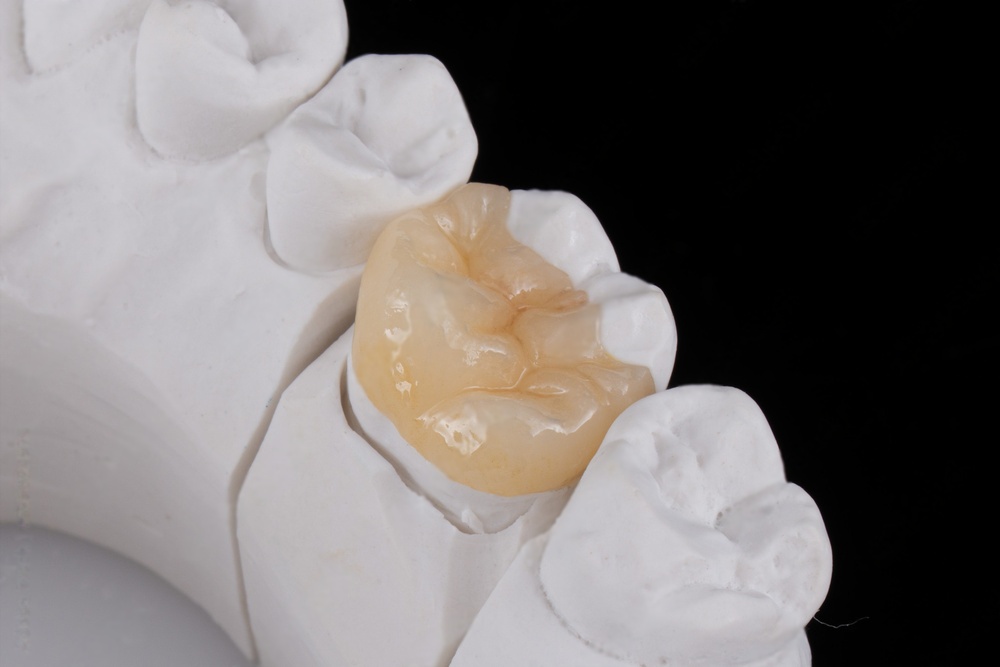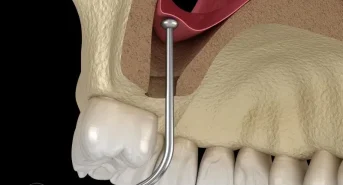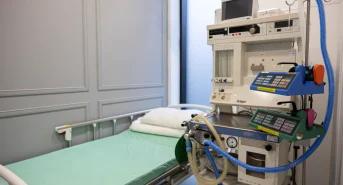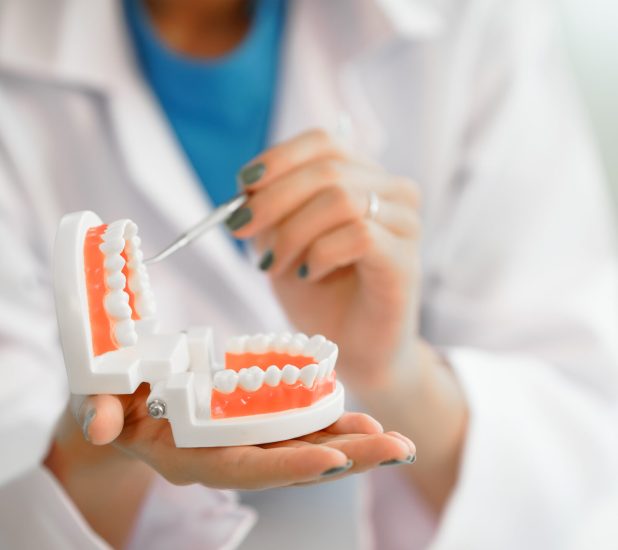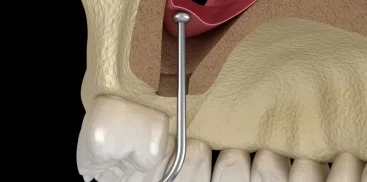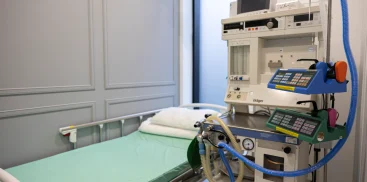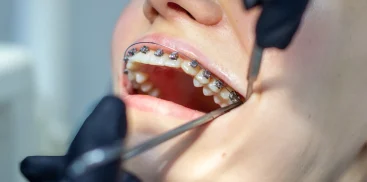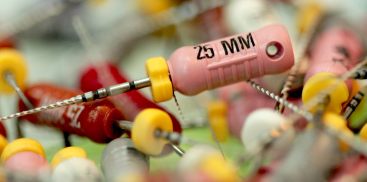When a tooth is too damaged for standard composite fillings but not damaged enough to necessitate preparation for a dental crown, we use what are called inlays and onlays. Depending on the location and size of the cavity, we can apply onlay, inlay, or overlay fillings. The advantage of these modern prosthetic solutions lies in their durability, longevity, and sealability.
What are inlays, onlays, and overlays?
Until recently, patients with cavities caused by decay or other factors (such as trauma) had two options for fillings: traditional amalgam fillings (once made from amalgam, now from composite) or dental crowns. With the development of CAD-CAM technology, a new type of restoration began to gain popularity – inlays and onlays.
These are personalized fragments of a tooth prepared in a dental laboratory from various materials such as composite or porcelain. The choice of material for the restoration is made by the dentist, depending on the patient’s clinical situation. Due to their scope and extent, we distinguish between inlays, onlays, and overlays.
A well-made inlay allows for achieving aesthetic and functional effects resembling natural tooth tissues for a long period.
When are inlays and onlays performed?
We perform inlay, onlay, or overlay restorations in the following situations:
- When one or more cusps of a tooth or tooth wall(s) are lost due to decay
- When a tooth is so damaged that a standard filling is not enough to restore the contact points between adjacent teeth
- In the case of teeth undergoing endodontic treatment
Inlay
Also known as an inlay crown, is a type of dental filling. It involves covering part of the chewing surface of the tooth, including the cusps’ slopes, but without reaching their tips.
Onlay
Also known as an overlay, is similar to an inlay but has an additional element – the cusps’ tips. An onlay covers the entire chewing surface of the tooth and restores the contact points, i.e., the places where teeth meet. Thanks to the onlay, teeth are additionally protected against potential fractures.
Overlay
Also known as a superstructure, is a type of crown restoration that completely covers the chewing surface of the tooth, its cusps, cusps’ tips, and additionally other surfaces such as lingual, proximal, and vestibular surfaces.
Another solution for teeth after root canal treatment is the use of an endocrown. An endocrown is a type of indirect restoration used for rebuilding teeth (with the pulp chamber) or filling cavities. It is made in a dental laboratory based on an impression taken after preparing the cavities in the oral cavity. Preparing the tooth for a composite endocrown allows for significant preservation of tooth tissue. However, this type of restoration is not possible in cases of significant damage to the tooth walls or their too low positioning (subgingival).
These types of restorations are most commonly made from composite or porcelain.
A properly cemented onlay or endocrown maintains marginal integrity longer and adheres better to the tooth. Technical composite is characterized by greater stability over time, practically does not stain, is hard, yet exhibits some flexibility, unlike all-ceramic restorations.
If the tooth tissues are weakened to the extent that they cannot be restored using the aforementioned methods, it is necessary to reinforce the tooth with a crown buildup and rebuild the tooth with a prosthetic crown.
